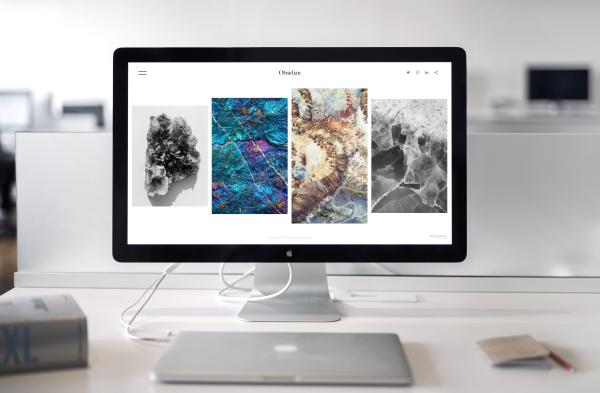JPG Vs. PNG | Which File Format Is Best for Better Speed of Websites?
There are dozens of formats available to prepare pictures for marketing and business purposes in the digital world. However, the primarily used ones are JPG and PNG, especially for websites. People usually prefer these two formats in their image production because the image quality is not compromised in both these types. However, specifying one as the best among these two is challenging. There are certain extraordinary features that both formats possess. Therefore, you can only term some as the best ones.
Nonetheless, you can draw comparisons to figure out when and which image format should be preferred more, keeping in mind the specifications of an image. And what format should be used frequently if you can manage other factors that affect site speed? You must keep some critical points in mind while selecting the suitable format for a particular image to upload.
We will enlighten you about those salient features in this blog post. So, stay with us for the next few minutes.
Relationship Between Images and Site Speed
The image file size is one of the most influential factors affecting site speed. If your file size is more significant, it will take a big chunk of the site storage space, lowering the site speed and vice versa. Unfortunately, many individuals and platforms get the image file size too big while creating photographs in higher resolutions. In such a case, it does not matter which type of format you select; the site speed will stay slow. Nevertheless, you can maintain site speed if you achieve a delicate balance between image quality and image size. And for that, you can operate image compression.
Image Compression and Its Impact
Image compression means a reduction in the size of the image file while keeping the quality intact. There are many ways to reduce image size, but using an image compressor to compress image size is the best because it provides accurate and quick results. Generally, there are two kinds of compression that you can attain with any online compressor, i.e., lossy compression and lossless compression.
In lossy compression, you can free up a lot of space because it moves non-essential elements from an image. However, you can't distinguish between the original and compressed image with the naked eye. You can apply this type of compression on all kinds of photos. Nonetheless, please use this type of compression for JPG photos as they contain more colors and details. As a result, you feel the image appearance is the same despite an effective loss in file size. Your image stays similar to the original one.
Likewise, you can opt for lossless compression if you want to compress the image keeping its actual posture intact. But that would not affect the file size much as it does in lossy compression. That's why this type of compression works better for PNG files, as they are more transparent, and you get a slight size reduction keeping the original quality intact. But, on the contrary, if you apply lossy compression on PNG files, your image appearance can get affected badly. Ultimately, the audience visiting your site will need help understanding the message you convey or the services you sell.
Best Image File format for websites
It will help if you keep these elements in mind while finalizing the file format for an image. For example, if an image is full of colors, it would be better to opt for the JPG format. On the contrary, if your picture has fewer colors, then the PNG format would be more suitable. One feature that provides an edge to the JPG format is its high compression ratio. But you will need to compromise a bit on the quality of your image.
Even so, if you want to keep the resolution the same, you must select the PNG format to make your images look as good as you want. But the file size will stay a bit more extensive in that case. However, it is a compulsion that you upload optimum-sized images on your site to make it run fast, which might need to be attainable in PNG files.
Final Words
Considering all the discussed factors and elements, the apt format for image files is JPG for website content publishing. It is mandatory because it enables you to upload low-size images on your site after compression. As a result, your site speed gets a fair bit of a boost and frees up a lot of storage space to add other media files to your site. But, if you tend to go with the PNG format, your image size would be more extensive and create massive pressure on the web pages. Consequently, your site will take more time to get loaded. As a result, your site's bounce rate would increase by leaps and bounds, which will drop your sales. We hope this article will help you clear your doubts about image selection for websites.

